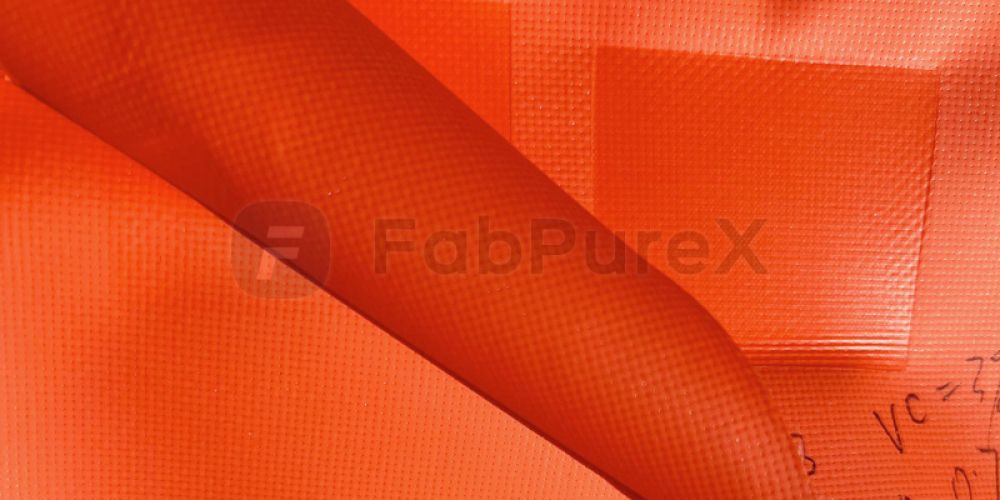
The high-frequency welding process of polypropylene coated cloth is an efficient welding method that uses high-frequency electromagnetic fields to generate heat inside the material to achieve the fusion of the material. The following is a detailed introduction to the high-frequency welding process of polypropylene coated cloth:
The high-frequency welding equipment is mainly composed of a high-frequency generator, a welding mold, a control system, etc. Among them, the high-frequency generator generates a high-frequency electromagnetic field, the welding mold is used to fix and heat the material, and the control system is used to set and adjust the welding parameters.
1.Material preparation: Ensure that the quality of the polypropylene coated cloth meets the requirements and is not damaged or deformed. At the same time, cut the sheet according to actual needs, and keep the cutting edges neat and smooth.
2.Mold preparation: Select a suitable welding mold to ensure that the size and shape of the mold match the polypropylene coated cloth to be welded. At the same time, preheat the mold to improve welding efficiency.
3.Parameter setting: Set the frequency, power, welding time and pressure of the high-frequency generator according to the thickness, shape and welding requirements of the material. Usually, the frequency is set between 10~400KHz, and the power is adjusted according to the thickness of the material and the welding speed.
1.Place the material: Place the polypropylene coated cloth to be welded on the welding mold to ensure that the material is flat and wrinkle-free. At the same time, use a fixing fixture to fix the material firmly to prevent displacement during welding.
2.Start the equipment: Turn on the power switch of the high-frequency generator and start the welding equipment. At this time, the high-frequency electromagnetic field will generate heat inside the material, causing the surface of the material to gradually melt.
3.Apply pressure: During the welding process, apply appropriate pressure to fully fuse the molten material. The size of the pressure should be adjusted according to the thickness of the material and the welding requirements to ensure the welding quality.
4.Observe the welding situation: During the welding process, closely observe the fusion of the welding surface. If poor fusion or other abnormal conditions are found, the welding parameters should be adjusted in time or the welding should be stopped.
1.Cooling: After welding is completed, let the welding part cool naturally to room temperature. During the cooling process, avoid touching or applying external force to the welding part to avoid affecting the welding quality.
2.Check the welding quality: Check the welding part to ensure that the welding is firm, without cracks, bubbles and other defects. At the same time, check the flatness and consistency of the welding part.
3.Trimming the edge: Use a scraper or sandpaper to trim the welding edge, remove excess weld nodules and burrs, and ensure the beauty and neatness of the welding part.
1.Temperature control: The temperature should be strictly controlled during welding to avoid damage to the material caused by too high or too low temperature.
2.Pressure control: The applied pressure should be moderate. Too much or too little pressure may affect the welding quality.
3.Frequency and power matching: The frequency and power of the high-frequency generator should be matched according to the thickness of the material and the welding requirements to ensure welding efficiency and quality.
4.Safety protection: Operators should wear protective equipment such as protective gloves, goggles and masks to prevent high-frequency electromagnetic fields and harmful gases from causing damage to the skin and eyes.
The high-frequency welding process of polypropylene coated cloth requires strict control of welding parameters, strengthening material preparation and post-processing before and after welding. By following the correct welding process and precautions, welding quality and safety can be ensured.